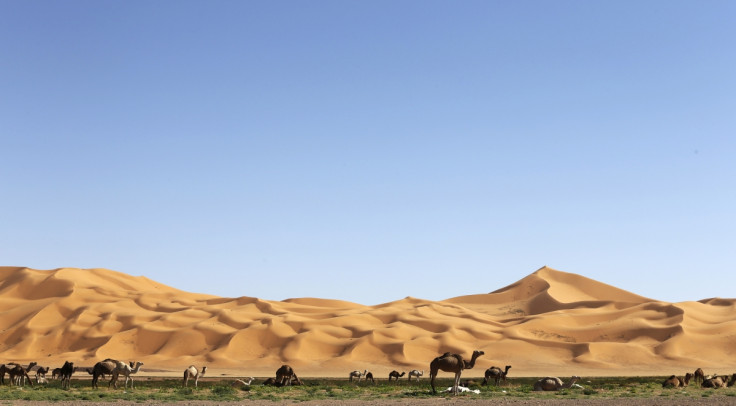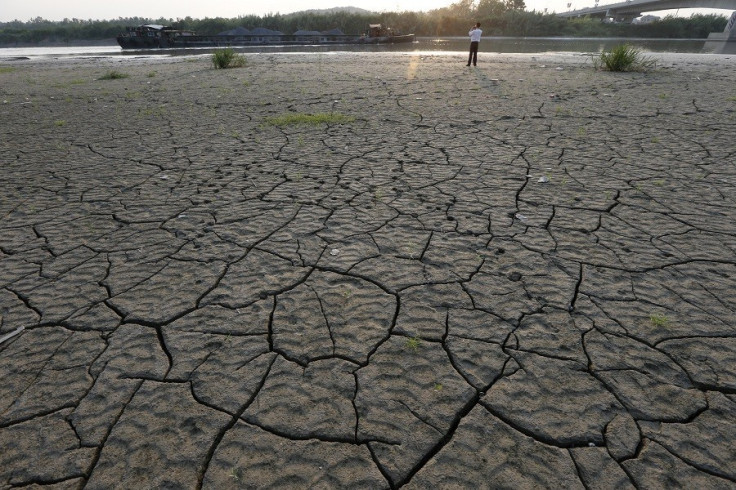Deserts Provide a 'Major Sink' For Soaking Up Atmospheric Carbon Dioxide

Arid ecosystems like deserts provide a "major sink" for atmospheric carbon dioxide, researchers have said.
According to scientists at Washington State University, arid areas soak up an unexpectedly large amount of CO2, giving researchers a better understanding of our planet's carbon budget.
Published in the journal Nature Climate Change, research leader R Dave Evans commented on the study: "It has pointed out the importance of these arid ecosystems. They are a major sink for atmospheric carbon dioxide, so as CO2 levels go up, they'll increase their uptake of CO2 from the atmosphere.
"They'll help take up some of that excess CO2 going into the atmosphere. They can't take it all up, but they'll help."
Earth's carbon budget looks at how much CO2 in the atmosphere contributes to global warming and how much gets absorbed by the planet.
To establish how deserts act as CO2 sponges, the team spend 10 years exposing plots of land in the Mojave Desert to elevated CO2 levels, similar to what is expected in 2050. The team then removed the soil and plants to measure how much CO2 had been absorbed.

How much land-based ecosystems absorb CO2 has been a long-standing mystery within the scientific community. Ecosystems consider arid receive less than 10 inches of rain per year and run in a wide band at 30 degrees north and south latitude.
Forest ecosystems can absorb a lot more CO2, but researchers say the vast areas of Earth covered by arid land mean they have a greater role to play in global warming and the absorption of CO2.
Researchers dug up plots around 75ft in diameter. CO2 with a special chemical fingerprint was fed in through PVC pipes. On analysing the soil, researchers looked at the CO2 fingerprint to establish that arid ecosystems account for between 15% and 28% of the amount currently being absorbed by land surfaces.
Increasing CO2 levels will also increase the amount soaked up by arid lands so they account for up to 8% of current emissions. "I was surprised at the magnitude of the carbon gain, that we were able to detect it after 10 years, because 10 years isn't very long in the life of an ecosystem," Evans said.
Explaining the implications of their findings, the team said the planet will be working in overdrive to soak up CO2 by 2050, and that with a growing population leading to further land development for homes, there is a great concern ecosystems will not cope.
"Land is extremely valuable," Evans said. "A lot of growth may occur in these areas that are fairly arid and we don't know what that's going to do then to the carbon budget of these systems."
© Copyright IBTimes 2025. All rights reserved.






















